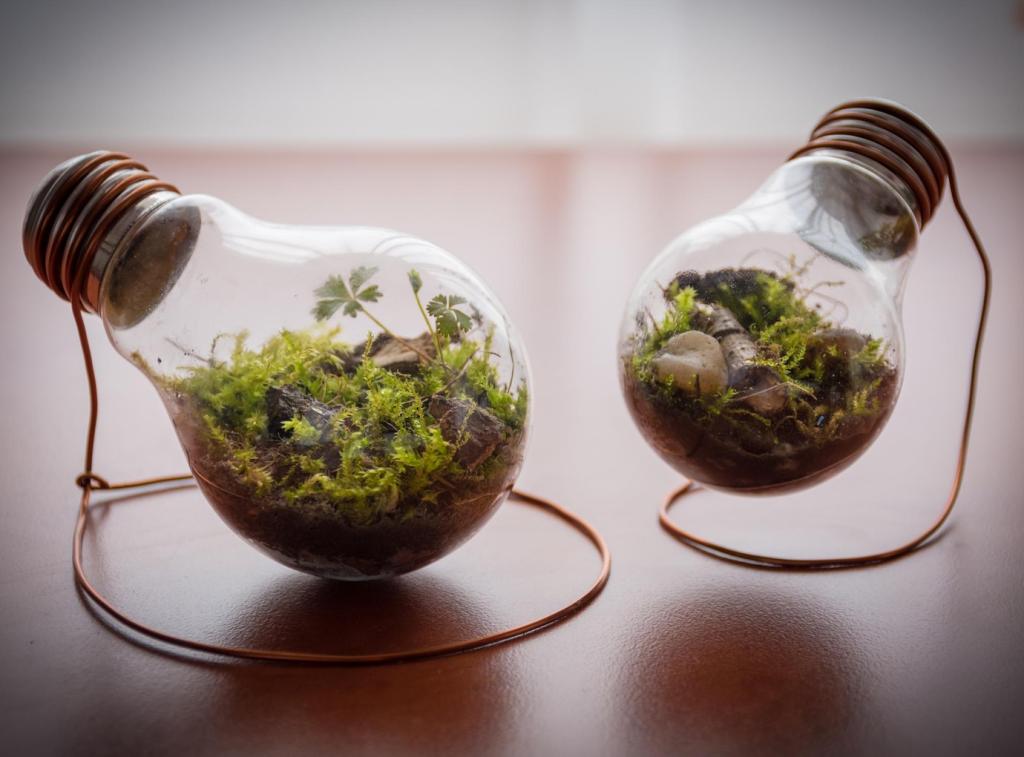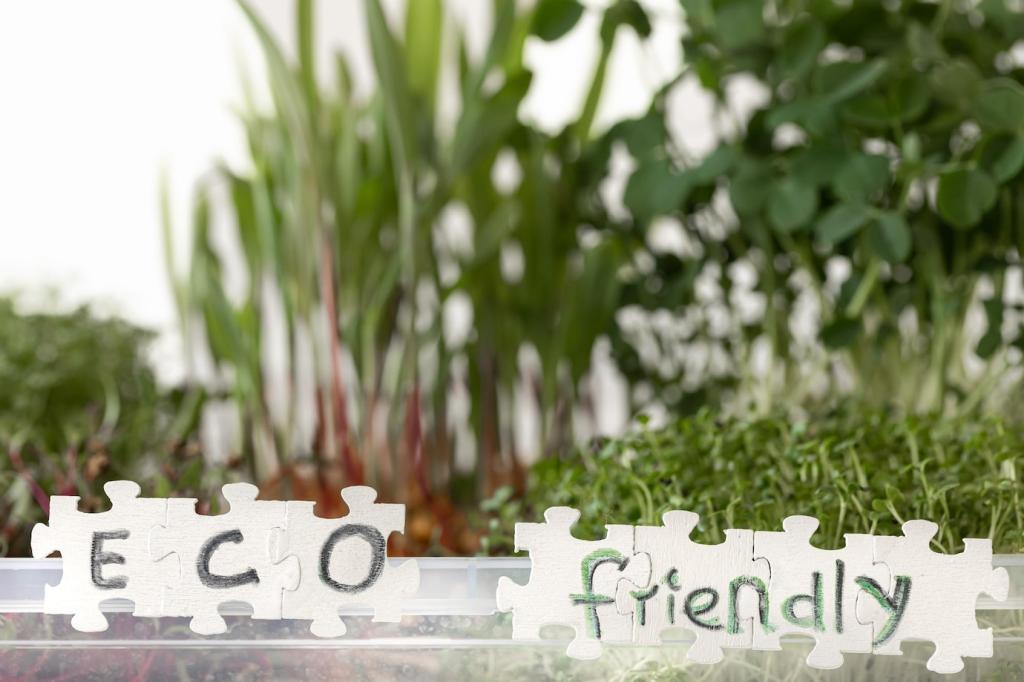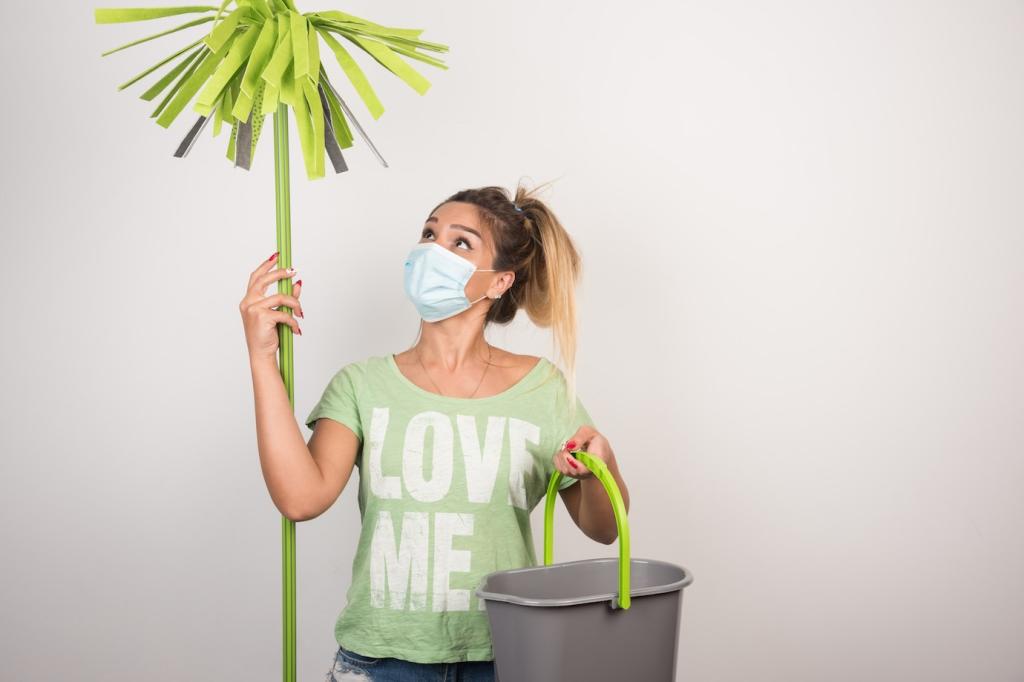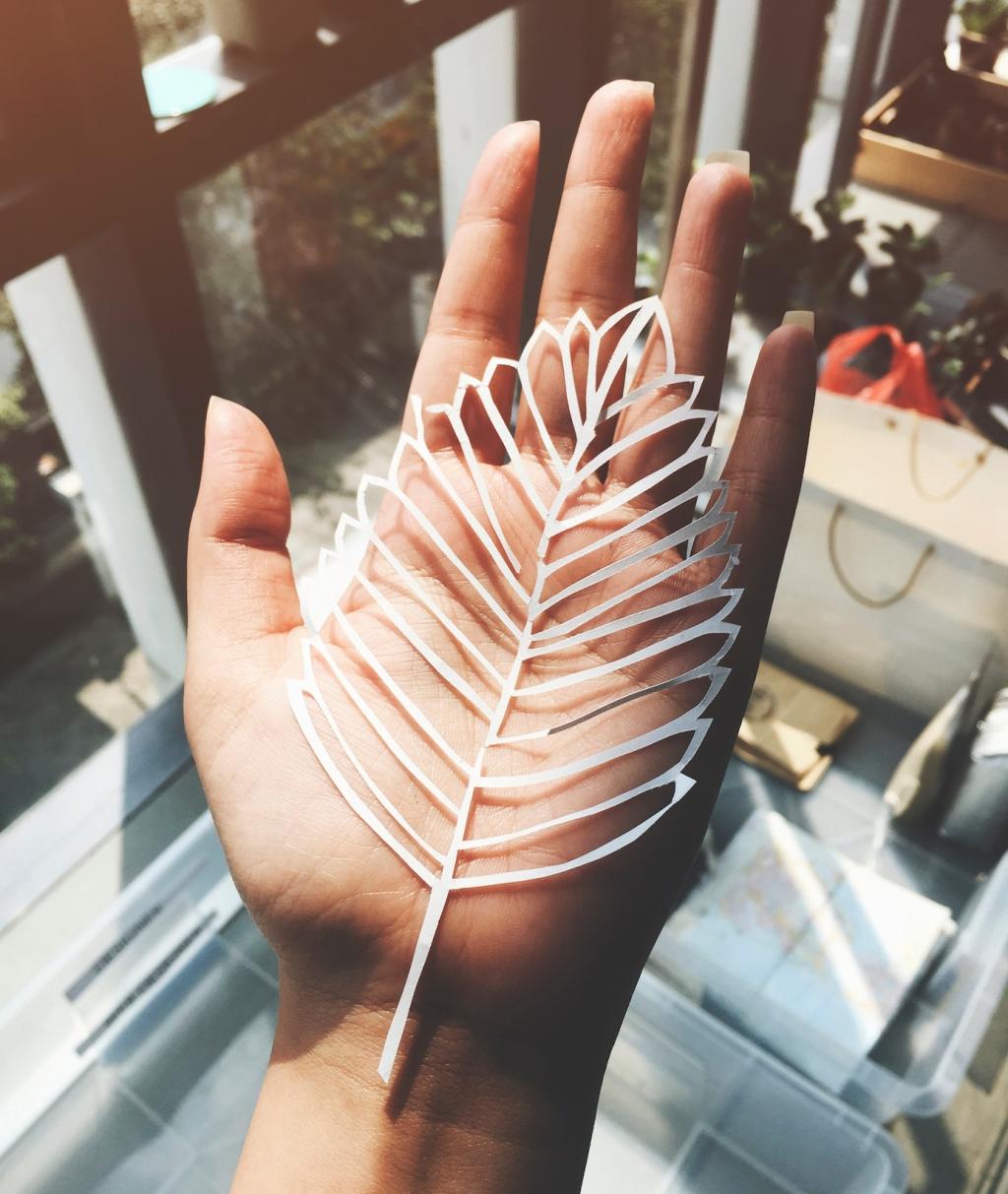Chosen theme: Recycled Materials for Outdoor Furniture Repair. Let’s revive weathered chairs, benches, and tables using materials you already have or can rescue nearby—saving money, cutting waste, and building pieces with stories worth sharing. Subscribe and tell us what you plan to fix first!
Audit Your Space: Finding Recyclables That Fix Outdoor Furniture
Household sources you already have
Walk through your garage, attic, and shed with a repair mindset. Old pallets, broken cutting boards, retired skis, leftover deck boards, and cracked storage bins can become slats, shims, brackets, or decorative accents. Snap photos, measure dimensions, and list potential matches.
Safe preparation and cleaning
Before using any recycled piece, remove dirt, mold, and oils with soapy water, then rinse and dry fully. For wood, pull nails and sand splinters. For metal, wire-brush rust and wipe with alcohol. For plastics, degloss lightly to improve adhesive or paint bonding.
Choosing the right recycled material for the job
Match material to stress and weather. HDPE suits damp contact points; reclaimed cedar or teak excels in slats; seatbelt webbing works for flexible seating. Consider UV exposure, weight, and fastener compatibility to ensure your fix lasts through storms and summer heat.
Look for pallet planks stamped HT (heat-treated), not MB (methyl bromide). Salvaged cedar, cypress, or teak naturally resists moisture. Avoid deep cracks and hidden rot. Check grain orientation and straightness, and trim ends to remove fractures before cutting final parts.
Reclaimed Wood Repairs That Weather the Seasons
HDPE and Recycled Plastic Lumber: Low-Maintenance Strength
Why recycled plastic excels outdoors
HDPE will not rot, swell, or delaminate in rain. It cleans easily with soap, shrugs off puddles, and pairs well with stainless hardware. Its consistent density reduces surprises, making it a reliable choice for slats, feet, and trim in harsh conditions.


Working with HDPE: tools and tips
Cut HDPE with carbide blades, drill slowly with sharp bits, and avoid countersinking too deep because the material can creep. Use mechanical fasteners over glue, and consider textured surfaces for grip. Leave slight expansion gaps to accommodate temperature swings.






Natural oils with modern boosts
Blend polymerized linseed or tung oil with UV additives for deeper protection. Wipe on thin coats and buff dry to avoid stickiness. For high-traffic areas, top with a waterborne exterior varnish. Comment with your curing times and climate for community benchmarking.
Color that celebrates reuse
Milk paint and low-VOC exterior paints cover mismatched patches while honoring texture. Layer colors, then distress edges lightly to reveal reclaimed history. Seal with matte varnish for a soft glow. Share palette ideas that complement gardens, decks, and brick patios.
Maintenance calendar that saves resources
Create a seasonal checklist: tighten fasteners in spring, rinse salt in summer, spot-oil in fall, and cover before snow. Small, regular care keeps recycled repairs thriving. Subscribe for printable reminders and add your own tips for different weather zones.




